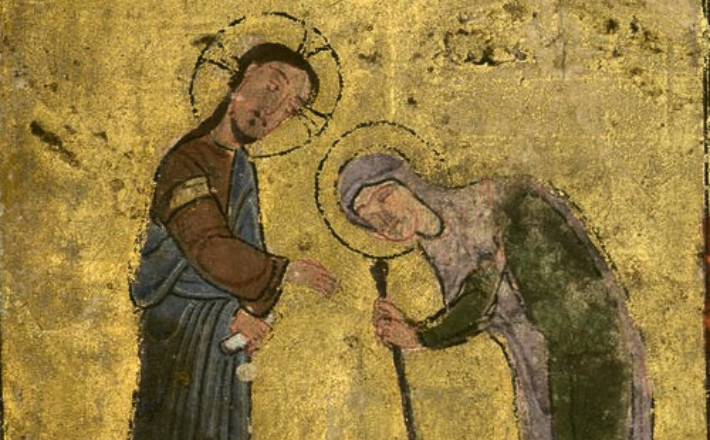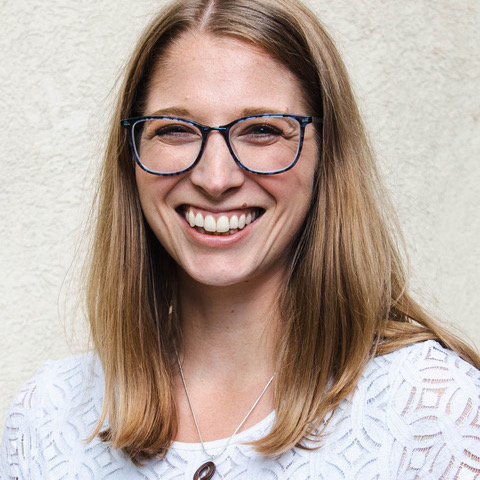Commentary on Hebrews 12:18-29
This lectionary text is a passage comparing two mountains where the people of God encounter him. The first is Sinai, drawing substantially on the narratives in Exodus 19 and Deuteronomy 5, where the people prepare for their encounter with God when he gives the law. God offers his presence, but the people are too frightened to meet him. But, as the author says, this mountain—which can be touched, both burning with fire and covered with darkness, gloom, and storm—is not the mountain they have come to (Hebrews 12:18). They have not come to a frightening experience with God (12:20) that led even Moses to declare, “I am trembling with fear” (12:21; see Deuteronomy 9:19).
Instead, they have come to “Mount Zion and to the city of the living God, the heavenly Jerusalem” (Hebrews 12:22). Throughout Hebrews, this place has appeared under many names, including “rest” (for example, 4:1) and the heavenly homeland (11:16). The author layers these labels for the place to utilize a broader range of scriptural images. The people also have come to a celebration—“innumerable angels in festal gathering, and to the assembly of the firstborn [ones] who are enrolled in heaven” (12:22–23).
The presence of the angels here fits within the Jewish worldview of the addressees. Many early Jewish texts depict angels in the heavenly worship space, just as we see in Revelation (especially chapters 4–5). They are celebrating the arrival of the people. The assembly (ekklesia) of the firstborn is a gathering of all God’s children, but here the author reveals that they have a new status. They are not just adopted as God’s children but counted as his firstborn ones. Strictly speaking, as you could guess, one would only have one firstborn, and earlier in Hebrews, Jesus has that privileged status (1:6); however, the author shares this honor, which would include the inheritance of the Father’s wealth.
The next thing the author says they have come to is “God the judge of all” (12:23). This may be surprising in a list of celebratory items, but this is because we generally have a negative view of judgment. The addressees probably did not. To those being oppressed and displaced in various ways, the promise that God would return and set all things right was a powerful image—one that minoritized and disadvantaged communities today continue to take comfort in. This relates to the next item in the list.
They have come to “the spirits of the righteous made perfect” (12:23). This is likely another description for the “assembly of the firstborn,” though some interpreters argue that these “spirits” are those from previous generations who have passed. The problem with this interpretation is the implied exclusion of those people from the “assembly of the firstborn [ones].” Either way, these are righteous ones, perfected through the offering of Jesus (10:14), and the righteous do not need to fear the judgment of our just and merciful God.
Finally, the people have come to “Jesus, the mediator of a new covenant, and to the sprinkled blood that speaks a better word than the blood of Abel” (12:24). The one who has made the offering on their behalf stands before them, joining in the celebration. His blood also remains present, which emphasizes the fact that Jesus retains a human body after his ascension.
From 12:25, the author returns to his comparison of the two mountains and, by extension, the experiences of the people within each of the covenants. They are warned not to “refuse the one who is speaking” (12:25). Those at Sinai disregarded the warning from God, and the consequences were stark. The author makes clear that this warning is even more serious and even more difficult to escape. With the “shaking” of the earth in the Sinai narratives in mind, the author introduces a quotation from Haggai: “Yet once more I will shake not only the earth but also the heaven” (Hebrews 12:26; see Haggai 2:6). This quotation is interpreted as a promise that more shaking will occur—and that the second shaking will include the heavens.
What this represents is the consummation of the ages, yet the imagery here is somewhat distinctive. Rather than describing the city of God coming down, for example (Revelation 21:2), the author describes a transformation (metathesis; not “removal” as per New Revised Standard Version) of all things (Hebrews 12:27). The result of that is the (newly) unshakable kingdom, which the author says is our inheritance (12:28). The right response to this inheritance is thankfulness, offering God “acceptable worship with reverence and awe” (12:28), “for indeed our God is a consuming fire” (12:29).
The image of God as fire emphasizes his transcendence, but like the image of God as judge, this image should not be terrifying to the people of God. The righteous should maintain reverence and a sense of God’s “otherness,” but the offering of Jesus provides us with confidence to approach God on his throne of grace (4:16).


August 24, 2025